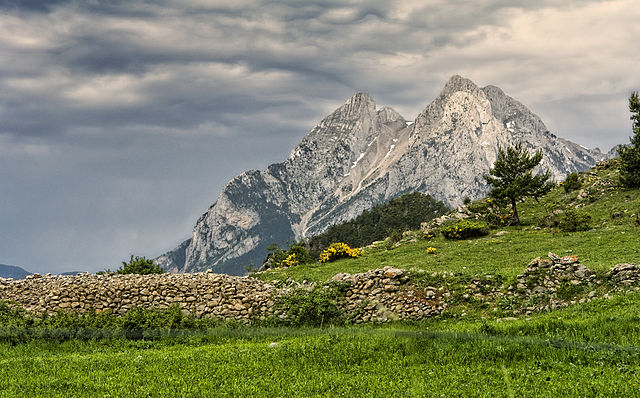The contest Wiki Loves Earth will focus on the National Parks in the Netherlands. Pictures from those areas (if submitted between May 1 and June 30, 2014) will compete for the prizes. Join! We look forward to your contribution.
Netherlands has twenty national parks. Together they tell the story of the Dutch countryside. The parks are full details of the Dutch nature to be found: dunes, woods, moors, fens, tidal water, stream valleys and lakes. And the residents vary by park: special birds, butterflies, reptiles and amphibians, like red deer, badgers, beavers, otters and seals their place in the parks.

17 specific sites in the Netherlands designated as a national park. In addition, there are also two private national parks (NP and NP De Hoge Veluwe Veluwe) and the cross-border park Zoom Kalmthoutse Heath. The nature reserves are each contiguous and cover an area of at least a thousand acres. For the Dutch nature they form a whole: the system of National Parks in the Netherlands. The owners, managers and other stakeholders of the parks are jointly responsible for the protection and development of the quality of nature.

The national parks focus on:
Protection and development of nature and landscape
Outdoor recreation
Education and information
Research

You may read more about all natural parks here.
See also the international and Netherlandish pages on FB.


























